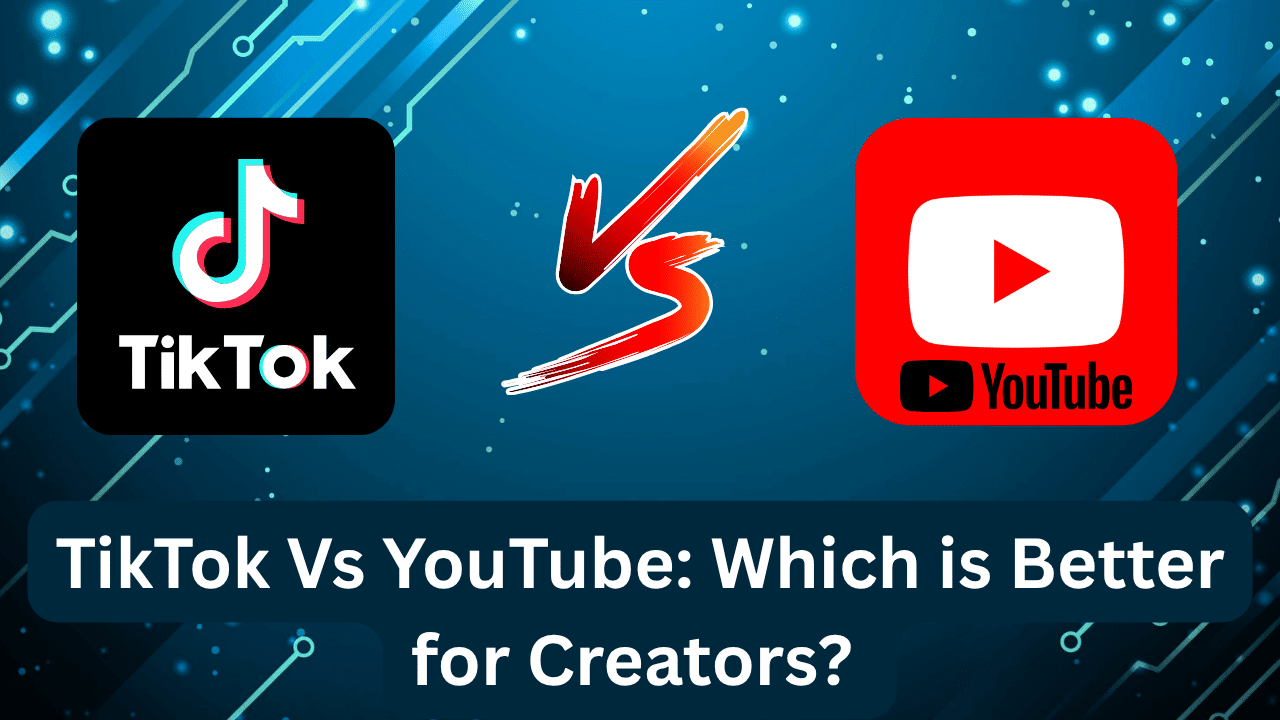In 2025, the battle of TikTok vs YouTube continues to dominate the digital marketing world.
Both platforms have evolved far beyond entertainment: they’re now serious business tools that help creators and brands grow audiences, sell products, and generate revenue.
Whether you’re deciding where to invest your marketing budget or wondering which platform pays more, understanding their strengths, differences, and future trends is crucial.
Let’s explore how TikTok and YouTube stack up for brands and creators this year among social media trends.
Table of Contents
What Is TikTok?
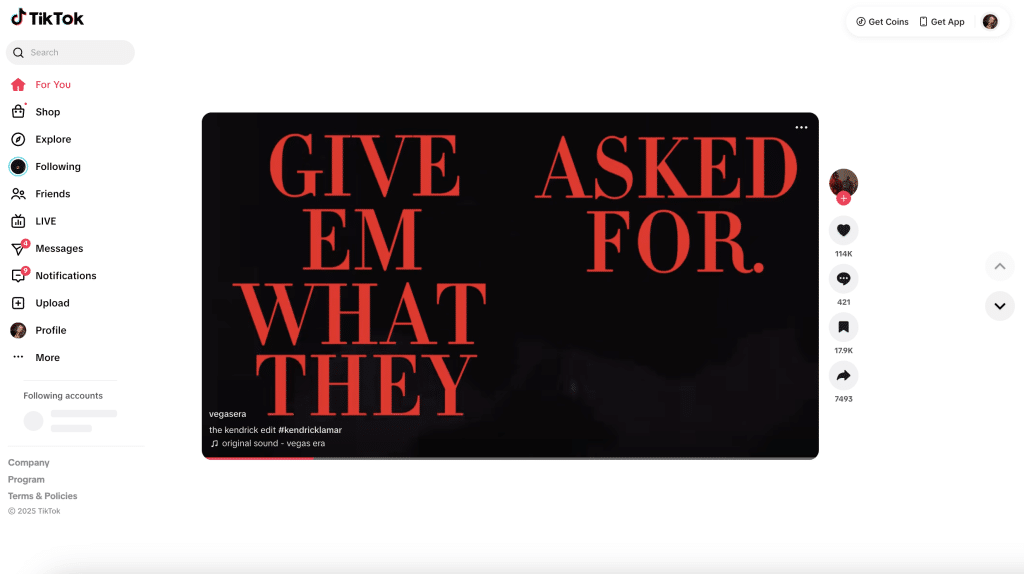
TikTok is a short-form video platform built around creativity, discovery, and authenticity. It allows users to post videos up to 10 minutes long, but most successful clips remain under 60 seconds.
The app’s algorithm is known for its ability to make anyone go viral, even users with small followings.
Its “For You Page” (FYP) delivers a constant stream of personalized videos, which keeps engagement incredibly high.
For brands, TikTok has become a marketing powerhouse. Features like TikTok Shop, LIVE shopping, and Creator Rewards allow businesses to reach targeted audiences and drive real conversions directly within the app.
What Is YouTube?
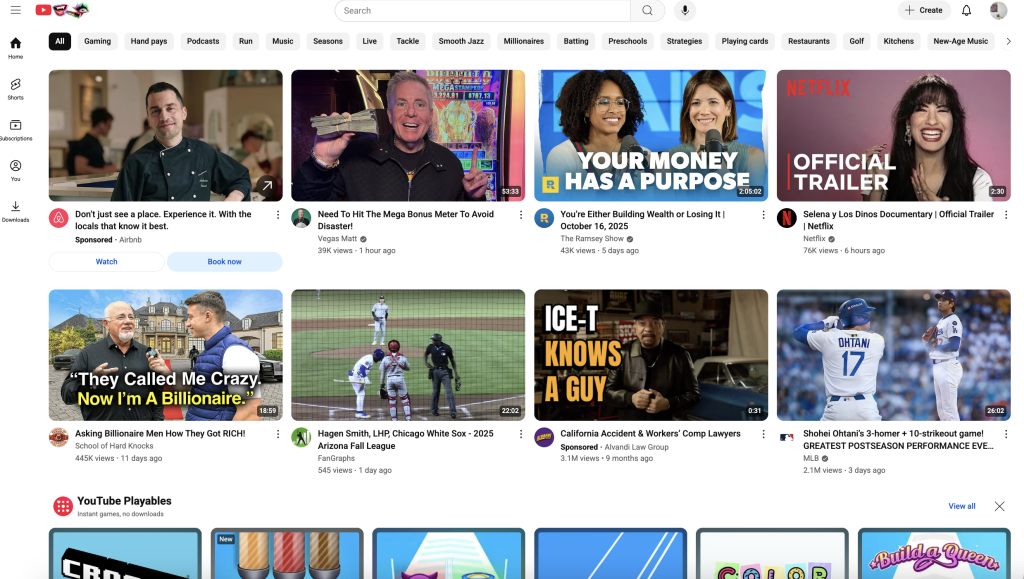
YouTube is the original video-sharing giant, known for longer-form content and powerful search engine visibility.
It’s owned by Google, which means YouTube videos often appear at the top of search results, giving brands long-term discoverability.
Over the years, YouTube has expanded its offerings with YouTube Shorts for short-form videos, YouTube Live for streaming, and YouTube Shopping for integrated product sales.
Creators can monetize through ad revenue, channel memberships, Super Chats during livestreams, and brand sponsorships, making it one of the most profitable platforms for long-term creators.
TikTok vs YouTube: What Are the Differences?
Both platforms share the same goal: engaging viewers through video. Still, they go about it in very different ways. Let’s take a look at the key differences in the TikTok vs YouTube argument.
Content Formats
TikTok content focuses on short-form vertical videos. Its feed-style interface encourages fast consumption and endless scrolling. The most engaging TikToks are quick, dynamic, and trend-driven.
YouTube, on the other hand, offers both short-form and long-form formats. Longer videos allow creators to dive deeper into tutorials, storytelling, and entertainment.
YouTube Shorts vs TikTok Videos
YouTube Shorts was launched to compete directly with TikTok. Shorts are limited to 60 seconds and use a similar vertical layout.
The difference is discoverability; shorts live alongside full-length videos, which gives creators more flexibility to reach audiences across multiple content types.
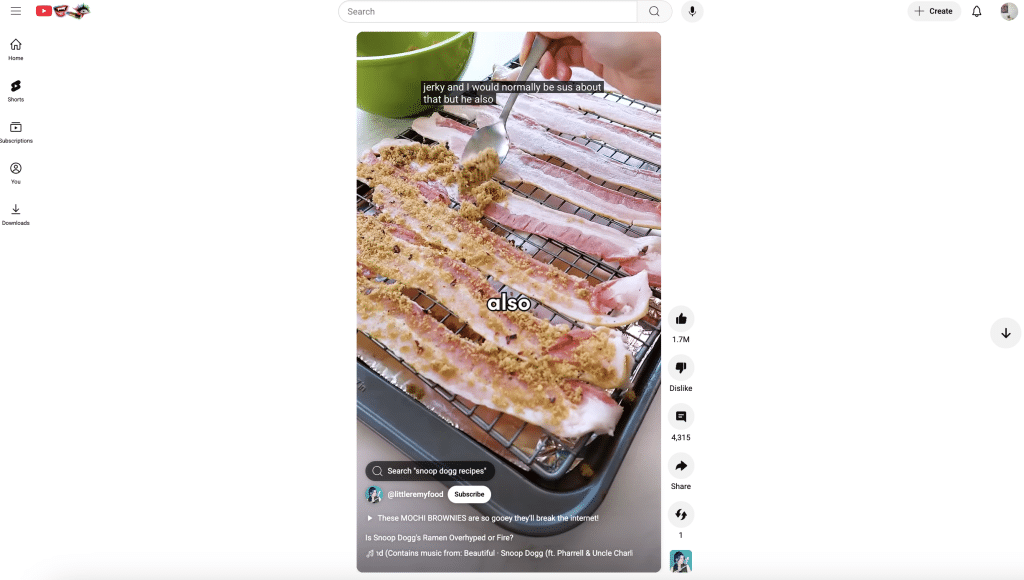
TikTok, however, still leads in short-form culture. Its editing tools, sound integration, and viral trends make it the go-to platform for snackable, creative content.
Content Styles
TikTok thrives on authenticity and spontaneity. Users prefer relatable content over polished production. Behind-the-scenes clips, unfiltered reviews, and casual storytelling tend to perform best.
YouTube content usually leans toward depth and quality. Viewers expect tutorials, how-to guides, or thoughtful discussions. Brands often use YouTube for product explainers, case studies, or long-form storytelling.
In short, TikTok is about personality, while YouTube is about expertise.
Revenue Models
When it comes to monetization, both platforms offer plenty of opportunities — but they work differently.
TikTok’s revenue options include:
- Creator Rewards (based on engagement and views)
- TikTok Shop sales
- Brand sponsorships and collaborations
- LIVE gifts and tips
- Affiliate programs
YouTube’s revenue options include:
- AdSense revenue from ads played on videos
- Channel memberships and subscriptions
- Super Chats during live streams
- Affiliate links and sponsorships
- YouTube Premium revenue share
Generally, YouTube pays higher per view because of its established ad infrastructure. However, TikTok’s e-commerce features and affiliate programs give creators more ways to sell directly to followers.
Each platform also has their own proprietary analytics platform, YouTube analytics and TikTok analytics, to track progress and video performance.
Merchandise and Product Integration
TikTok makes social commerce effortless. With TikTok Shop, users can buy products directly from videos without leaving the app. Influencers can tag items in their posts, allowing viewers to purchase in just a few taps.
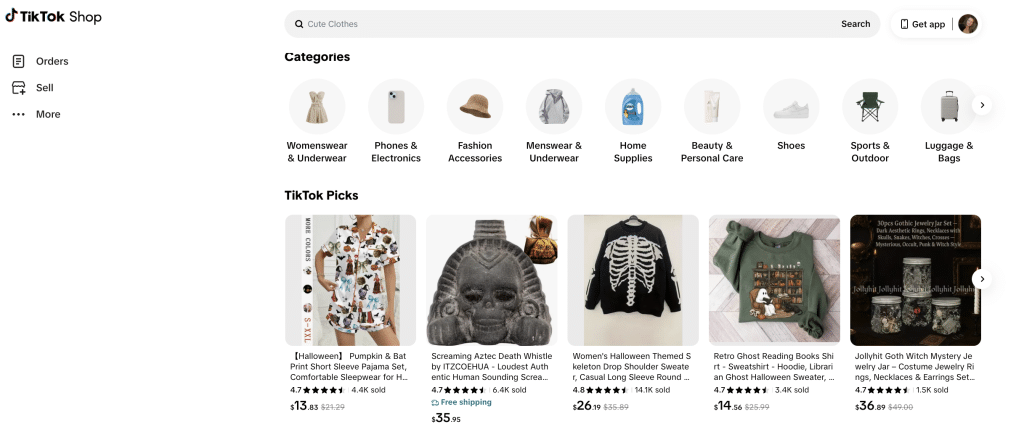
YouTube integrates shopping through YouTube Shopping, which allows creators to display products below their videos. It’s ideal for brands with established online stores, especially those already integrated with Shopify or Google Merchant Center.
For direct impulse sales, TikTok wins. For detailed product reviews and evergreen content, YouTube still leads.
Target Audiences
TikTok’s audience is younger, energetic, and trend-oriented. Gen Z dominates, but millennials are increasingly active too, especially in lifestyle, beauty, and small business niches.
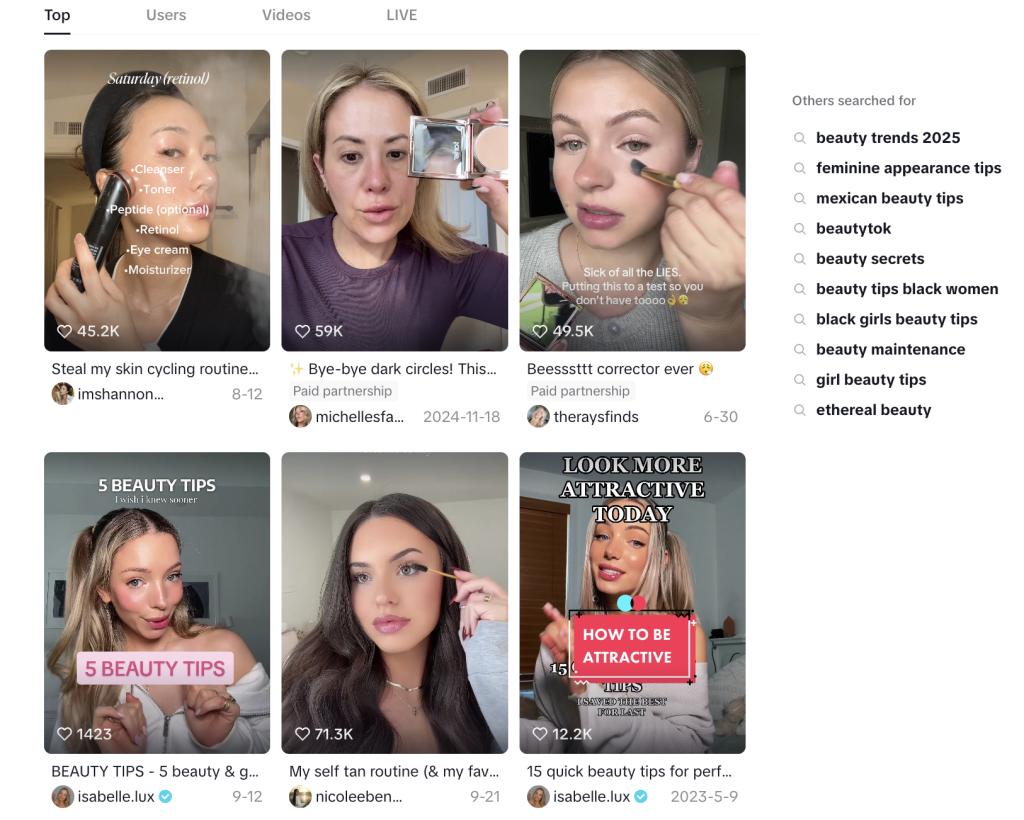
YouTube appeals to a broader demographic. From teens to professionals, it’s where people go to learn, research, and be entertained. For brands selling higher-ticket items or educational content, YouTube’s depth and searchability are major advantages.
Algorithms
TikTok’s algorithm focuses on discovery. It doesn’t matter how many followers you have; if people engage with your video, it gets pushed to more users. This makes TikTok a great place for new creators to grow quickly.
YouTube’s algorithm rewards watch time, search relevance, and consistent posting. It’s designed for long-term visibility rather than viral moments. Videos can continue to gain traction months or even years after posting.
Both platforms use viral hashtags to help content get discovered as they both have search engines as a part of discoverability.
TikTok gives you fast exposure. YouTube gives you lasting value.
Trends
TikTok moves at lightning speed. Sounds, memes, and challenges change weekly, and creators who jump on trends early often see massive growth.
YouTube trends evolve slower but last longer. A well-optimized video can continue to bring in views long after a TikTok trend fades away. YouTube branding is very important especially since there are many visuals on the channel.
TikTok rewards trend participation, while YouTube rewards evergreen content. Smart brands use both: short-term virality on TikTok and long-term traffic on YouTube.
Livestreaming Capabilities
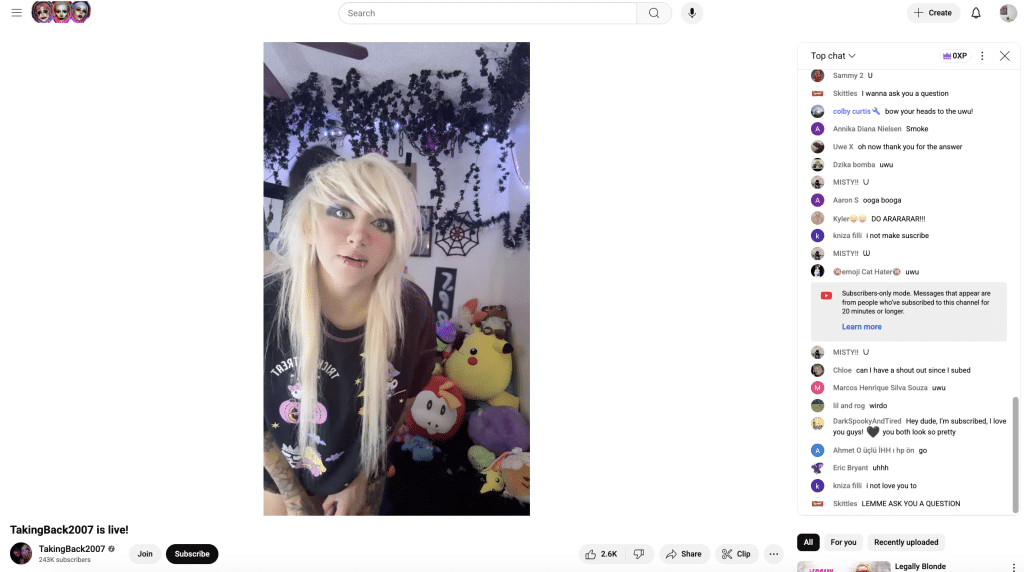
Both TikTok and YouTube offer livestreaming, but they serve different purposes.
TikTok LIVE is interactive and spontaneous, great for Q&As, product launches, and community building. Creators can receive gifts and drive direct sales through TikTok Shop integration.
YouTube Live is better for structured content like webinars, tutorials, or entertainment shows. Viewers can interact through Super Chats and memberships, providing strong monetization potential.
For social selling, TikTok LIVE takes the win. For professional streaming or educational sessions, YouTube is the go-to.
Current Platform Predictions and Emerging Trends
The competition between TikTok and YouTube isn’t slowing down. Here’s what brands should expect in 2025.
Algorithm Updates Will Favor Deeper Engagement
Both platforms are prioritizing meaningful interactions. Likes and comments matter less than genuine engagement: watch time, shares, and saves.
Expect both TikTok and YouTube to push content that sparks real discussion and community.
Monetization Will Diversify
In 2025, creators are no longer relying on one income stream.
TikTok will continue expanding its affiliate tools and ad programs, while YouTube is expected to introduce more customizable ad formats and subscription options.
Creators who diversify through merchandise, memberships, and sponsored content will thrive on both platforms.
Social Commerce Will Keep Accelerating
TikTok has already revolutionized in-app shopping, but YouTube is catching up. Product tagging, live shopping, and affiliate tools will become mainstream for both creators and brands.
If you sell physical products, incorporating video-based shopping is a must in 2025.
Best Practices Are Shifting Toward Cross-Platform Strategies
The smartest brands aren’t choosing between TikTok and YouTube — they’re using both. Cross-posting short clips from YouTube Shorts to TikTok (and vice versa) maximizes exposure without doubling your workload.
A 30-second TikTok can become a YouTube Short, while a 5-minute YouTube video can be broken into multiple TikToks. This integrated approach is becoming the new norm.
AI and Automation Will Play a Bigger Role
AI-driven tools are changing how creators produce, edit, and optimize content. From automatic captioning and thumbnail creation to AI-powered topic generation, both platforms are embracing automation to help creators post more efficiently.
In short: the future of TikTok vs YouTube will favor creators who adapt quickly to technology.
TikTok vs YouTube: How to Choose
The best platform depends on your goals.
Choose TikTok if:
- You want fast exposure and viral potential.
- You’re targeting Gen Z and younger millennials.
- Your content is visually engaging, entertaining, or product-focused.
- You plan to sell directly through TikTok Shop or affiliate links.
Choose YouTube if:
- You’re building long-term authority and brand trust.
- You prefer in-depth content like tutorials, reviews, or storytelling.
- Your target audience includes older millennials, Gen X, or professionals.
- You want passive income through AdSense and evergreen content.
For most brands, the smartest choice is to use both strategically.
Using Both Platforms: A Multichannel Strategy
A dual strategy lets you leverage the best of both worlds. Post short, engaging videos on TikTok to spark awareness, then drive traffic to YouTube for deeper storytelling and conversions.
For example:
- Use TikTok for product teasers and behind-the-scenes content.
- Use YouTube for detailed reviews or tutorials.
- Repurpose your content across both platforms with tailored edits and captions.
Cross-platform consistency helps build recognition while reaching audiences at different stages of their journey: discovery on TikTok, conversion on YouTube.
TikTok vs YouTube FAQ
Is TikTok or YouTube Better?
It depends on your goals. TikTok is better for quick reach and engagement, while YouTube is better for long-term authority and passive income.
Is TikTok Beating YouTube?
In engagement and growth rate, yes — TikTok users spend more time per session. However, YouTube still leads in total watch time and ad revenue.
Do People Watch TikTok More Than YouTube?
TikTok dominates short attention spans, with average daily use exceeding 90 minutes. YouTube still wins in total hours watched per user each month.
What’s Safer, TikTok or YouTube?
Both platforms have strict community guidelines. YouTube tends to be more transparent with monetization rules, while TikTok is quicker to remove questionable content.
Does YouTube Shorts or TikTok Pay More?
YouTube Shorts generally pay more through ad revenue, while TikTok offers more ecommerce-based earning potential through Shop and affiliate programs.
How Do You Choose Between YouTube and TikTok?
Evaluate your audience, content style, and goals. If you want instant growth, start with TikTok. If you’re building a sustainable content library, invest in YouTube.
Can You Stream on Both TikTok and YouTube?
Yes, both support livestreaming. TikTok LIVE is better for interactive engagement and sales, while YouTube Live suits structured events or classes.
Is TikTok or YouTube Better for Selling Products?
TikTok is better for impulse purchases thanks to TikTok Shop and viral trends. YouTube is better for product education and long-term brand trust.
Final Thoughts
The TikTok vs YouTube debate isn’t about choosing one over the other — it’s about using both strategically. TikTok fuels viral moments and discovery, while YouTube builds credibility and income stability.
Creators and brands that adapt to both ecosystems will dominate in 2025. Short-form video drives awareness, long-form builds loyalty, and together they form the most powerful marketing combination on social media today.

